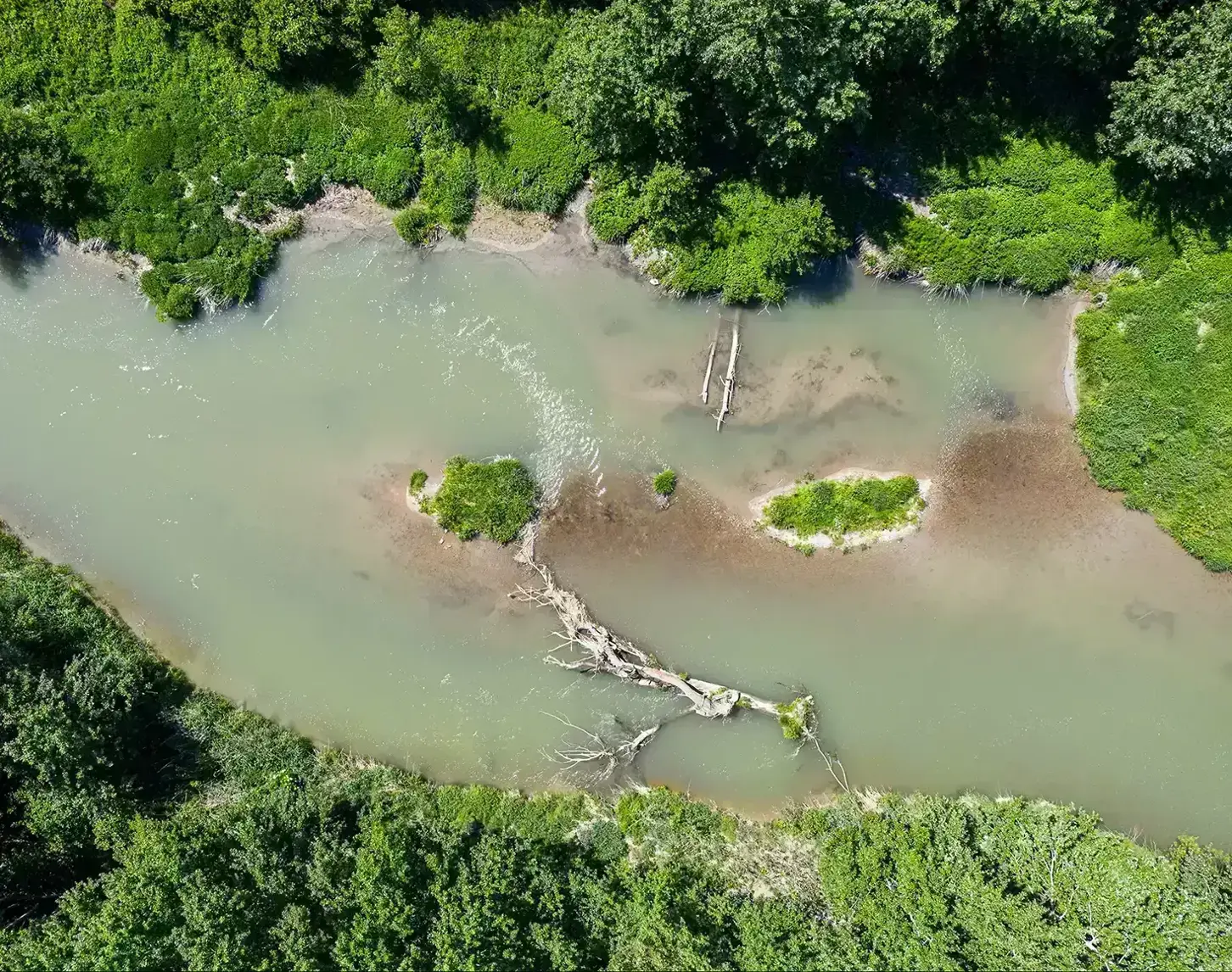2015 to 2016
Europe's longest fish migration aid: Ottensheim-Wilhering
A 14.2 km long bypass arm is being built over the Innbach-Aschach channel with a seasonally-adapted water allocation by the Danube and the natural discharge dynamics of the tributaries. This bypass channel best meets the high ecological and technical requirements for fish passability. In addition, the near-natural design of the structure with depressions (pools), fords and bays creates additional habitats for fish and other animals.
The bypass arm itself is not located in a Natura 2000 area, but represents an important link between the Natura 2000 areas on the Danube and their tributaries. In addition to connecting these areas, important stepping stone biotopes are created, which significantly support the exchange between the populations in the protected areas.
The inflow structure is located on the right bank of the Danube at the root of the Ottensheim-Wilhering power station at river km 2158.4. To ensure that the water flow corresponds to the ecological conditions, it is equipped with a dotation structure with closable flaps. The bypass arm integrates sections of the Brandstätter Arm, the Aschach detour channel and the Innbach. Together with the Abwinden-Asten power plant's "Stauwurzel power station side arm" module, this is a unique habitat network of this size and quality for the Danube in Austria.






